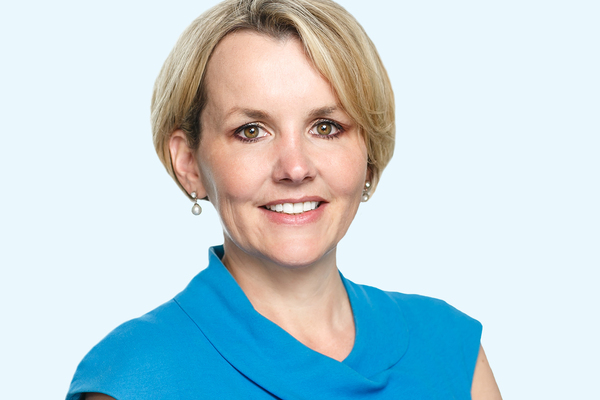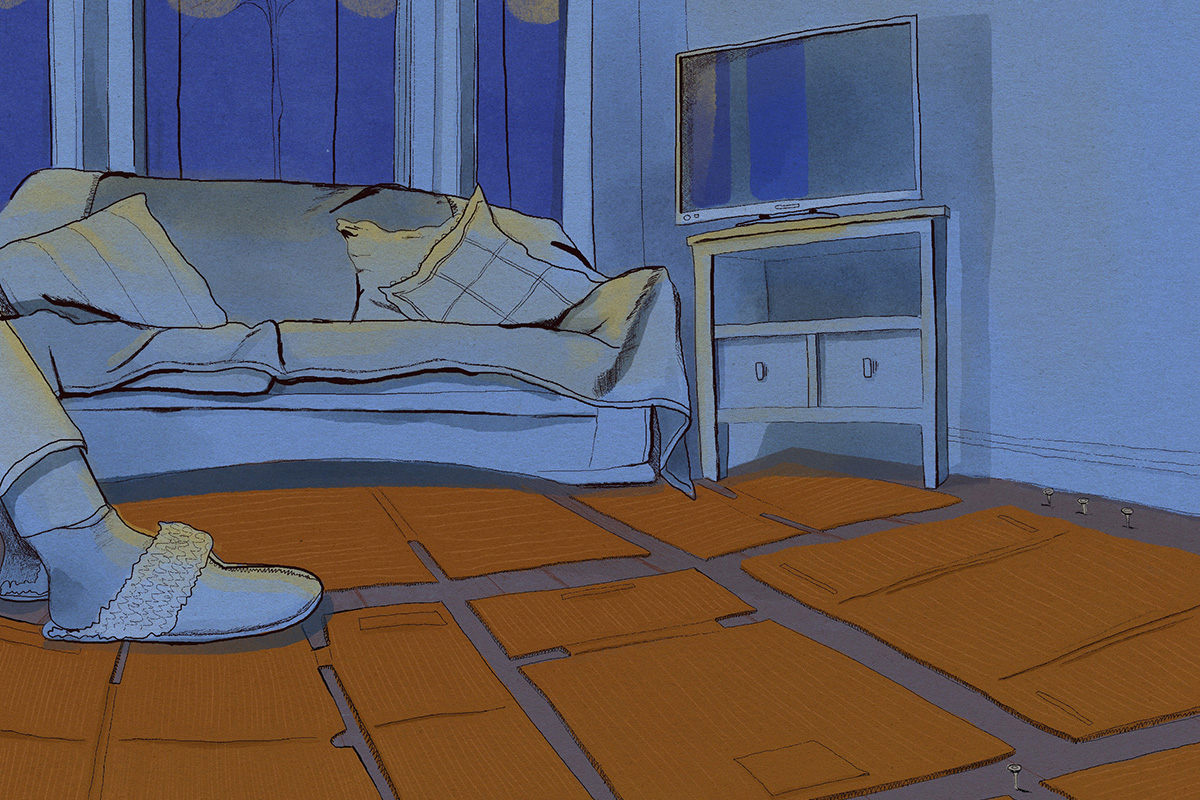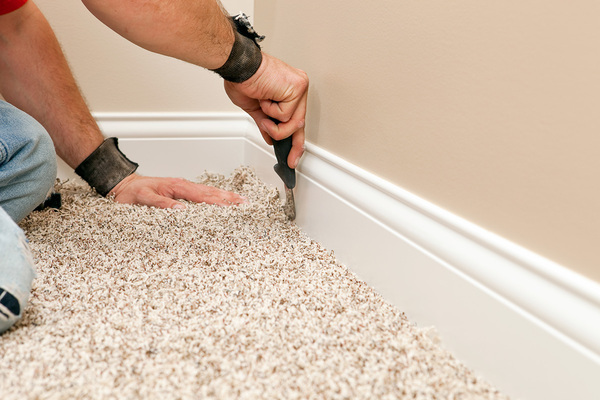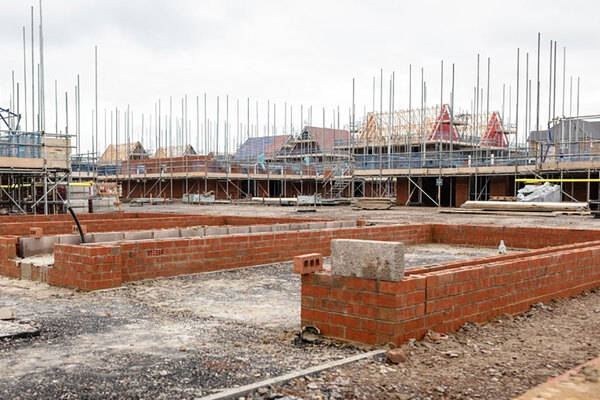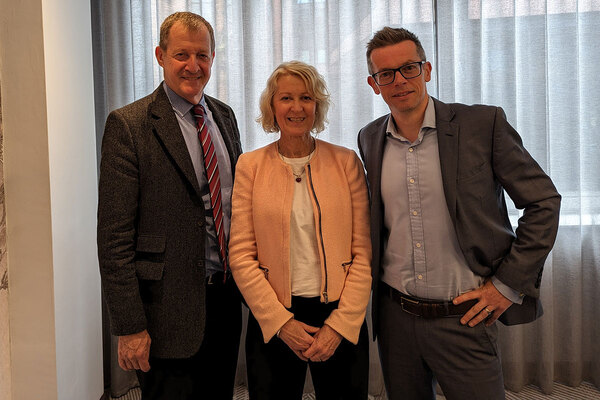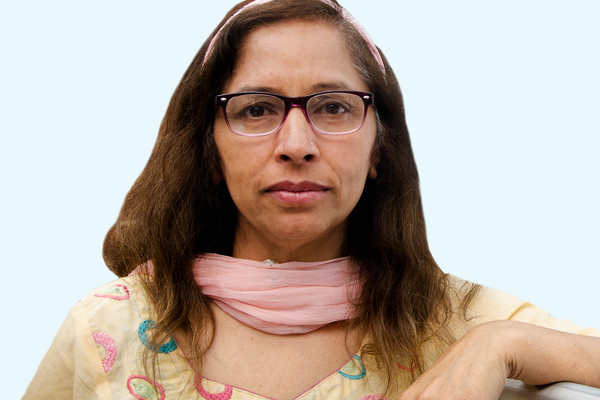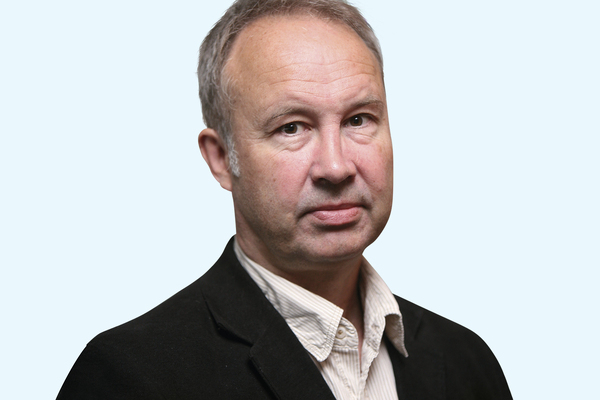You are viewing 1 of your 1 free articles
Providing furniture and flooring to turn a house into a home
We cannot end homelessness by providing housing alone, writes Marie-Claire Delbrouque, chief executive of Hopestead, the Flagship Group’s charity
What is the difference between a house and a home? It’s a basic question, but one we at Hopestead have thought deeply about in our mission to end homelessness.
We believe a home is much more than a building. A home should be the place you feel safest, the place you make memories with the people you love, somewhere you can retreat to at the end of a tough day and somewhere you’re proud to live.
An empty house is not a home, and that’s why Hope at Home exists. Those moving into their first house following a period of homelessness often have few to no personal belongings or the money they need to furnish a house. Hope at Home helps the people and families we work with turn their houses into homes.
Since we launched this programme over two years ago, we have provided brand-new furniture, appliances and flooring to more than 400 people. Hope at Home gives people the agency to choose the colours, style and finish of their items so they can create a home that reflects who they are.
Our approach is working. We know that people moving into social housing from a route of homelessness are three times more likely than others to face homelessness again in the future.
But around 95% of the people we have supported through Hope at Home have remained in their homes and are no longer at risk of homelessness. And even more telling than the numbers are the personal stories of success.
“Around 95% of the people we have supported through Hope at Home have remained in their homes and are no longer at risk of homelessness”
An example is Sarah*, who was found in the street by a passerby when she was heavily pregnant. Sarah had been attacked by her former partner and left on the side of the road. After receiving help from the emergency services, Sarah was supported into emergency accommodation and flagged to be housed as a matter of priority.
Sarah was referred to Hopestead by her domestic abuse officer and we were able to immediately provide emergency items to ensure she could sleep in a bed and cook hot meals during the end of her pregnancy.
Sarah later received a full package of carpets, white goods and furniture that she chose, including a cot for her newborn baby.
Mark* had a long hospital stay after sofa-surfing and sleeping rough for years. When we met Mark at his new house, he only had a few items of clothing and no furniture at all. Hopestead provided a cooker so Mark could prepare healthy meals and a fridge for storing food and medication. Mark also received bedroom furniture and a TV.
People have a perception of what homelessness looks like that is a world away from the reality we see. The average person Hopestead helps is a young mum, in her late 20s or early 30s, usually fleeing domestic violence or abuse.
Others are living with a serious illness such as cancer, and because of this have lost their job and cannot pay their rent. Some were made redundant through no fault of their own or have gone through a marriage or relationship breakdown. These are things that could happen to any one of us at any point.
“People have a perception of what homelessness looks like that is a world away from the reality we see”
We spend an average of £3,400 per referral through Hope at Home, and the programme now makes up a significant part of Hopestead’s annual budget. Hopestead is funded entirely by the Flagship Group, which owns and manages over 32,000 homes in the East of England.
We think our unique relationship with Flagship is our superpower. It gives us a broader view of homelessness and a ready network of partners we can work with to achieve more. We would love to see other housing providers prioritise ending homelessness in the way Flagship has.
It is wonderful to see this programme act as a catalyst for people to build safer, happier lives. It is helping us build a pathway to a world where everybody has a place to call home.
*Names have been changed
Sign up to the Inside Housing Communications Conference 2024
With an upcoming election, and a raft of regulatory changes within the Social Housing (Regulation) Act aimed at improving communication between landlords and tenants, housing communicators are navigating a multitude of priorities in an ever-changing environment.
Join over 250 communications professionals and hear from 50 speakers across three content streams covering both internal and external communications. The conference will explore how to influence key stakeholders and deal with emerging issues in a transparent and empathetic way to improve the lives of those in our communities.


